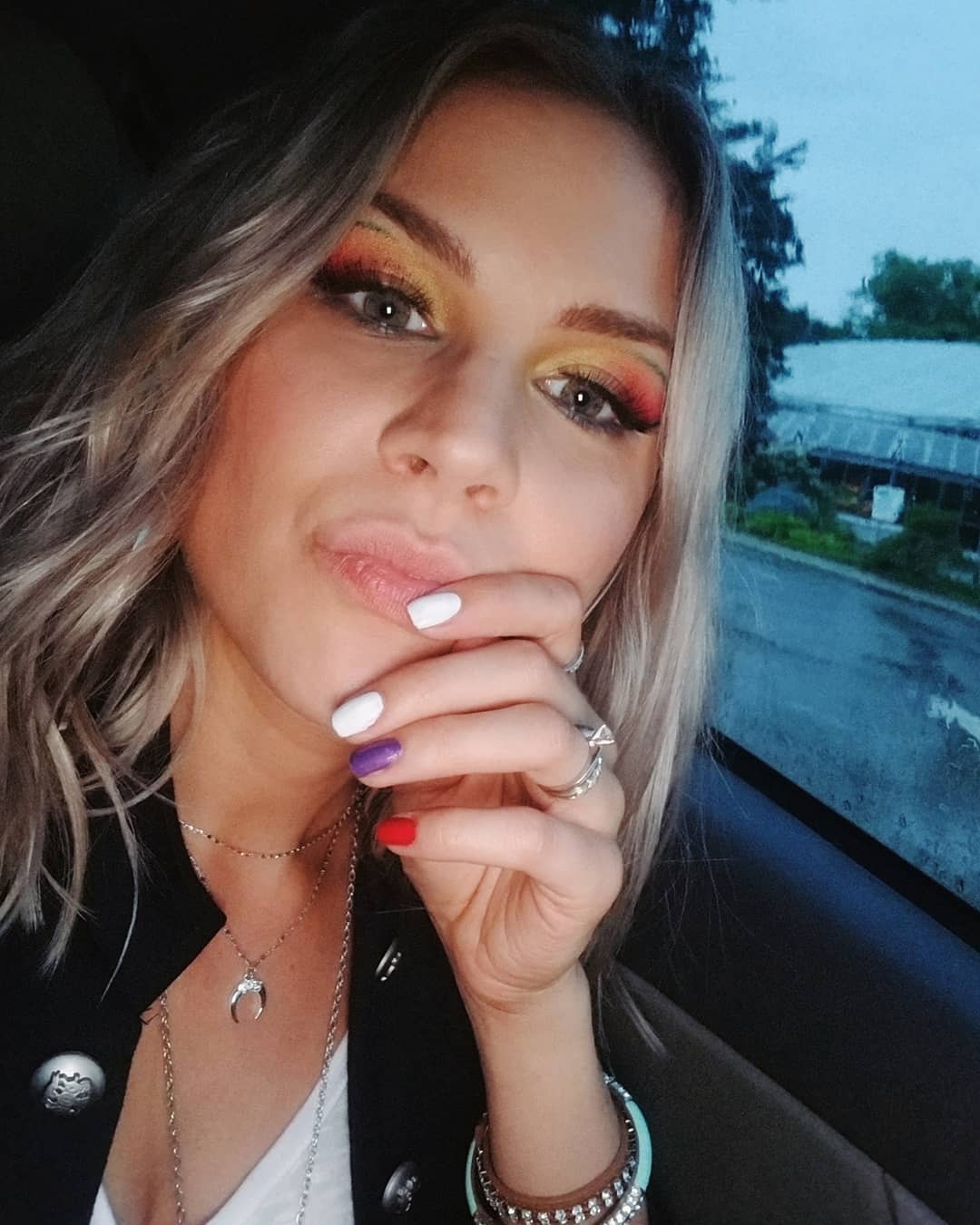
TORONTO — Country singer Julia Haggarty didn’t intend to be a trendsetter when she released her new single “Get Up” a few weeks back.
The London, Ont. performer thought her collaboration with local rapper Casper Marcus was simply a brief departure from her usual sound.
But beyond its pop spirit and inspiring lyrics, “Get Up” marks a rare Canadian example of a crossover phenomenon that’s swept the American country music industry in recent years. Rappers and pop stars have linked arms in solidarity with country artists to generate mass-appeal hits that transcend genre borders.
Except the crossover effect didn’t seem to inspire Canadian rap and pop performers to join country singers in the studio the same way.
“It surprises me,” Haggarty confessed when presented with the theory her song was a Canadian anomaly, during a recent interview.
“My manager and I talk about how even as music fans we enjoy when a crossover happens… (but) the country audience, while expanding and evolving, is very traditional. It’s a bit resistant to change.”
Canada’s country artists tend to check all the boxes when it comes to anthems about beer, pickup trucks and nostalgic memories of date nights.
But radio airwaves lack examples of Canadian songs that near the cultural boldness of Blanco Brown’s country-hip hop dance hit “The Git Up,” where the Atlanta producer’s twangy vocals instruct listeners on how to move on the dance floor.
And nobody in Canada has yet challenged the industry quite like Florida Georgia Line did last year with “Meant to Be,” a country-pop collaboration alongside Bebe Rexha that dared radio stations to brand it with a single genre. The song received support from both country and pop radio and topped the charts for weeks.
Lil Nas X’s “Old Town Road” went a step further by stirring controversy with the old guard of U.S. country music, which fought against the song being considered for Billboard’s country charts. After superstar Billy Ray Cyrus jumped on a remix, it topped the Billboard Hot 100 for a record 19 weeks.
Most of these American hits were fuelled by streaming music audiences, who help send tracks up the charts with repeat plays. Radio stations often respond by adding the songs to their own rotation, increasing their popularity.
In Canada, the process often works the other way around, with radio stations playing gatekeeper to what suits their format, which amplifies their authority to either make or break a Canadian country song. Filtering out certain tracks just makes sense for radio, explained Amanda Kingsland, programming director at Ottawa’s Country 101.1 FM.
“Radio stations are businesses and we have a goal of what we want to sound like,” she said. “And so from a programming standpoint we’re looking at: Does this song fit into the product we’re promising to deliver to our listeners?”
Kingsland said her team faced that question when “Old Town Road” exploded in popularity, and listeners flooded the station with requests for the track. The problem was, the sonic vibe conflicted with the station’s more traditional country format.
Programmers ultimately decided “Old Town Road” suited their dance party shows best, rather than the midday rotation. They also played it on daily request programs where Kingsland said it benefited from having “context around it,” because listeners could explain over the airwaves why the song resonated with them.
Those sorts of radio politics are lost on the average listener, but they’re important to Tebey, a Canadian country musician who launched his Nashville career two decades ago as a teenager. The Ontario-raised singer balances a solo career and writing songs for One Direction, Fifth Harmony and the Veronicas.
Tebey’s country-pop crossover single “The Good Ones,” which hits radio and streaming services on Friday, is a calculated risk he’s confident will pay off. The thumping duet features Quebecois superstar Marie Mai, known best in English Canada as one of the mentors on CTV’s singing competition “The Launch.”
In her home province, Marie Mai’s celebrity is substantial, which Tebey hopes will give the song a crossover appeal with French audiences and ultimately pop radio.
“These days people have a pretty eclectic taste,” he said.
“Kids who are listening to Florida Georgia Line also are playing Drake in their truck on a Friday night… We’re just slowly moving the trend into Canada.”
Other country artists are taking their own small steps.
Brett Kissel, who is working on his next album, says he’s poked around the industry for collaboration possibilities outside his genre that would feel organic. While he hasn’t settled on another artist yet, he says recent sessions with Serena Ryder and work alongside Megadeth frontman Dave Mustaine on his last album, have given him inspiration.
“Gone are the days where somebody is exclusively traditional country,” he said.
“Call it a country song, call it a pop song. The reality is, good songs win.”
Of course, before the song is created the right collaborators have to first know each other, which isn’t always easy in a sprawling country of regional musicians.
In the case of Julia Haggarty and Casper Marcus recording “Get Up,” the two independent artists were from the same city, but hadn’t met because they socialized in different music circles.
It took a music exchange program timed for the 2019 Juno Awards, and organized by the city of London, before they were paired together for a mini-tour of live shows. One day, while sitting at a train station, the rapper floated the idea of hopping on one of Haggarty’s songs. They brought in the exchange program’s live engineer Alex Emrich to produce.
Casper Marcus hopes “Get Up” inspires other rappers and country musicians to consider their own similarities.
“Country is talking about the trailer park; rap is talking about the ghetto. They’re doing the same thing, talking about cars and bottles,” he said.
“We ‘ain’t that much different, so let’s just party together.”